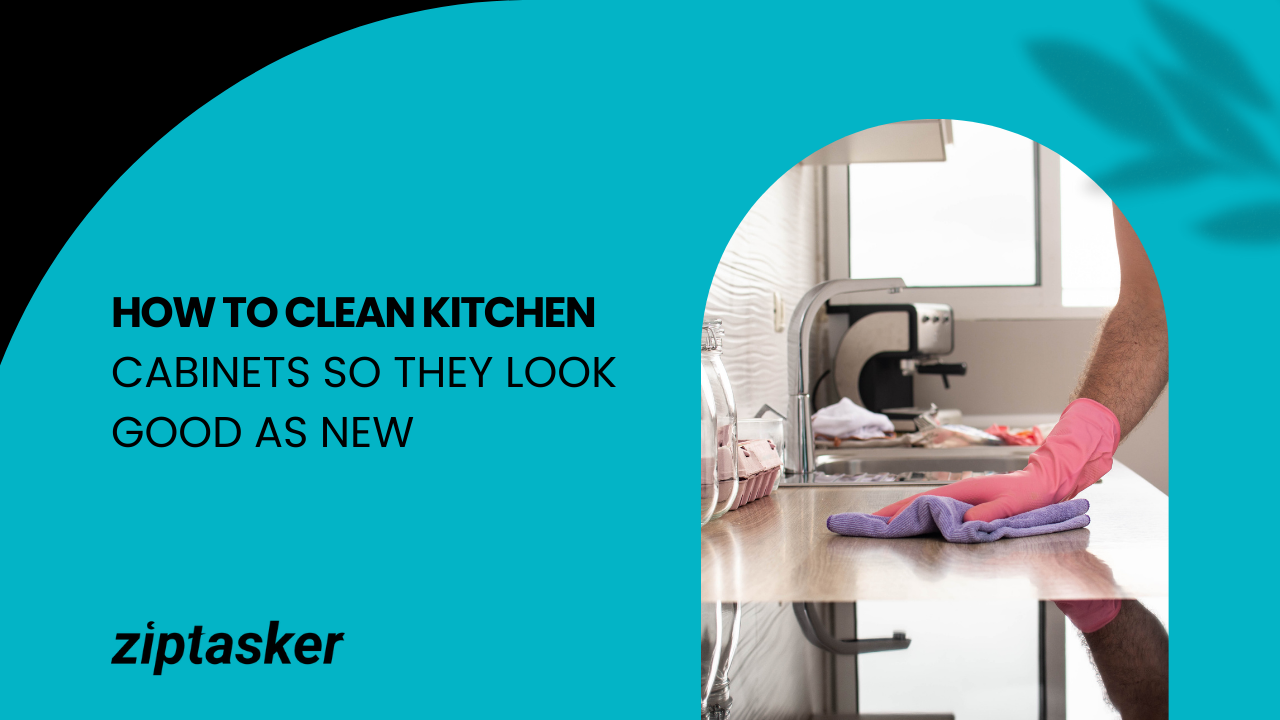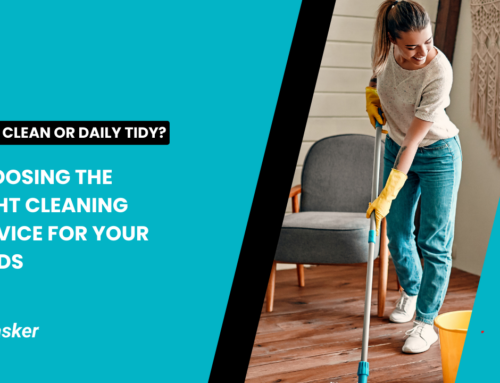Frequently the focal point of a kitchen, kitchen cabinets are susceptible to grime, oil, and stain accumulation over time. Consistent cleansing serves the dual purpose of preserving their visual attractiveness and fostering a more sanitary cooking environment. This all-encompassing manual will provide detailed, step-by-step instructions for effectively cleaning kitchen cabinets so that they appear brand new. You can restore the sheen and lustre to your kitchen cabinets with straightforward yet effective methods, thereby creating a more inviting and pleasurable environment.
I. Accumulate Your Materials
Prior to commencing the cleansing procedure, assemble the essential materials. You must have:
- Discouraging dish sanitizer
- Steamy water
- Utilise gentle cleaning cloths or microfiber
- Luminous vinegar
- Carbonated baking soda
- Mineral oil or olive oil
- Essential oil of lemon (optional for fragrance)
- Small brush or toothbrush
II. hoover cleaner with brush attachment. Eliminate objects and dust
Commence by removing every item from each cabinet. This not only facilitates the process of cleansing but also enables one to streamline and arrange belongings. Utilise a hoover with a brush attachment to remove loose dust and detritus from the cabinet surfaces once they are emptied. Particular care should be taken with corners, crevices, and borders.
III. Overarching Surface Dirt Removal
Combine mild dish detergent and warm water to form a solution. Apply soapy water to a microfiber cloth and use it to delicately scrub the interior and exterior surfaces of the cabinets. Scrub stubborn areas gingerly with a toothbrush or a small brush. Exercise caution when in the vicinity of cabinet knobs and handles to prevent water from seeping into joints or hardware.
IV. Removal of Grease and Grime
Cabinet grease accumulation is prevalent, particularly in close proximity to heating zones. By combining baking soda and water, form a paste. After applying this paste to oily areas, allow it to sit for to ten minutes. Apply a soft sponge or fabric to remove the grease. To address obstinate grease, combine the baking soda paste with a small quantity of white vinegar. Apply a moist, clean cloth to the cabinets in order to eliminate any remaining residue.
V. Thorough Polishing and Cleaning
To restore the sheen of the cabinet and perform a thorough cleaning, combine white vinegar and water in equal portions. Utilise the solution to disinfect a cloth and then apply it to the cabinet surfaces. Buff the cabinets with a clean, dry cloth thereafter. Combine a few droplets of mineral or olive oil with a splash of lemon essential oil (for fragrance) to complete the polish. For a glossy finish, apply this mixture to the cabinets using a delicate cloth and rub it in gently.
VI. Maintenance and Final Touches
After polishing and cleaning your cabinets, allow them to dry entirely before reinstalling any items. Shelf coverings should be considered for added protection. Regularly wipe down cabinet surfaces with a damp cloth and mild dish soap to preserve purity. Because abrasive cleaners can impair the finish, they should be avoided.
Conclusion
You can restore the lustre of your kitchen cabinets by adhering to these comprehensive procedures. Consistent upkeep and delicate cleansing will not only preserve the pristine appearance of your cabinets but also improve their durability, guaranteeing a kitchen that is both aesthetically pleasing and functional for many years.
Read More: 6 Common Commercial Laundry Service Issues







